What the future of motoring looks like
Advertorial Feature
From cars to boats to bicycles, the ways we get around are changing – and fast. Here are the 10 future developments affecting every mode of transport.
1. Car buying: It’s not all about used cars

It’s an old chestnut that the savvy buyer never goes for a new car, because of how much value they lose after you’ve driven the first mile. However, the price advantage of used cars is fast eroding. A side-effect of lockdown was that, as cars were sat on driveways and not clocking up the miles, fewer cars entered the second-hand market as their owners hung on to them for a year longer than planned. Add that to the fact that modern cars last longer anyway, and as a result, supply isn’t so clearly outstripping demand.
Dealerships are trying to capitalise by offering their most competitive ever prices on new cars – especially if you go for a PCP or hire-purchase agreement, since what they really want is to lock you into a monthly payment for a long time. Admittedly, new cars are still more expensive than used, but the gap may not nearly be as large as you think.
2. Fewer people are buying cars at all
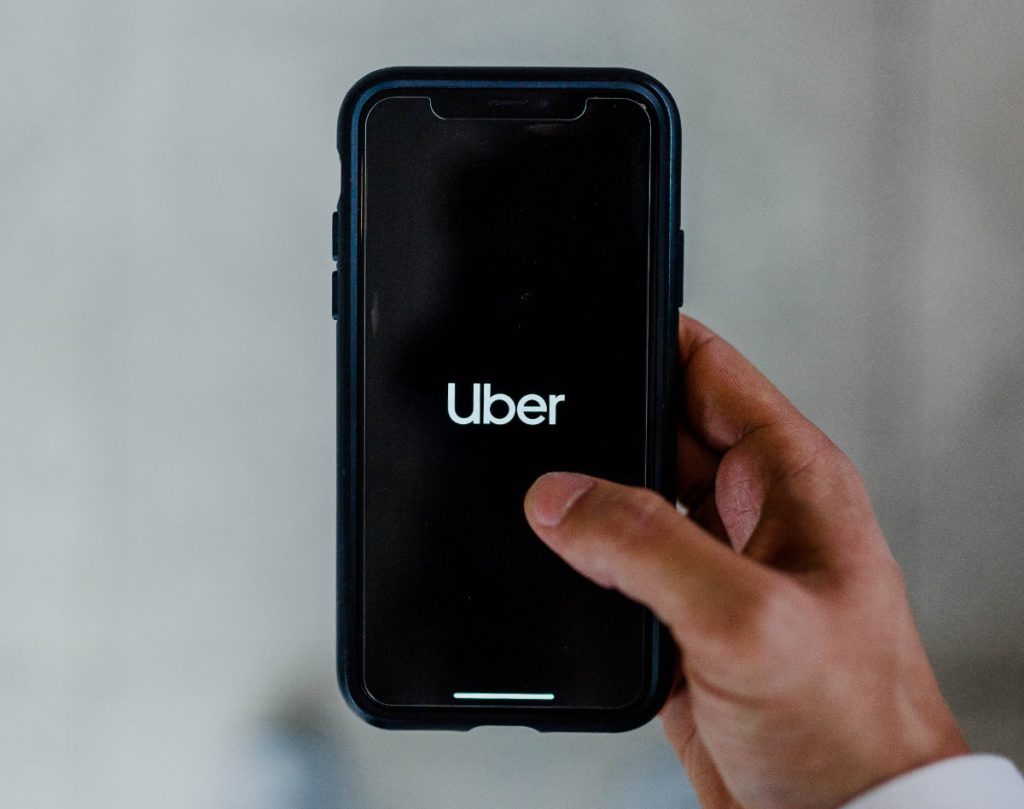
Have you heard of ‘Mobility as a Service’, or MaaS? If not, you’ve very likely heard of Uber, and its ability to summon a taxi to your location in minutes. That’s an example of MaaS. Another is the famed ‘Boris bikes’ in London. The principle of MaaS is redefining transport as something on-demand that you pay for at the point of use, rather than owning the means of transport yourself.
With our mobility habits changing so much and a large part of the population working from home, more and more consumers are opting for MaaS: not bothering to own a car but just renting their transport when they need it. It’s the principle of ‘Don’t buy a cow if you just want a pint of milk.’ Right now, it’s only fully possible if you live in a city, but make no mistake – MaaS is on the rise everywhere.
3. Car maintenance is becoming more convenient
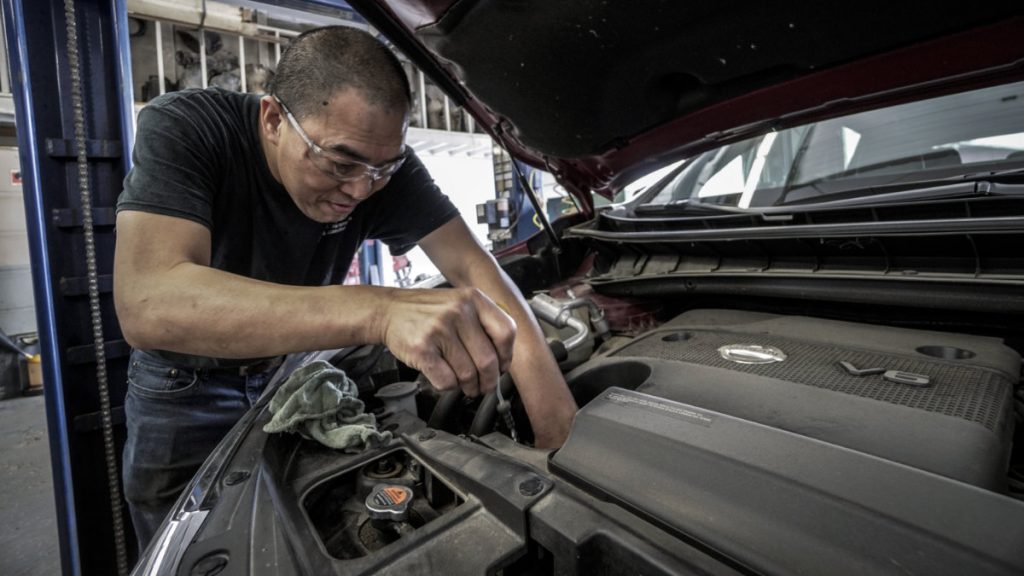
When it comes to servicing, repairs and MOTs, the market is engaged in a battle over one thing: customer experience. Since their car showrooms were closed during lockdown but their garages remained open, many manufacturers and dealers have been investing heavily in their servicing operation, and now have apps or other digital services that allow you to book, approve and pay for maintenance work, with no nasty surprises when it comes to the price at the end.
As for cars themselves, they’re getting smarter, and are using ‘predictive maintenance’ to help you keep them in good shape: thanks to the masses of data available to car companies, they can estimate how many miles a part will last for, and tell you to replace it before it fails. That’s right – those service alerts your car gives you shouldn’t be ignored for weeks. Following one will allow you to get minor issues fixed at your convenience, before they become huge problems at the worst possible time.
4. Everything’s going electric
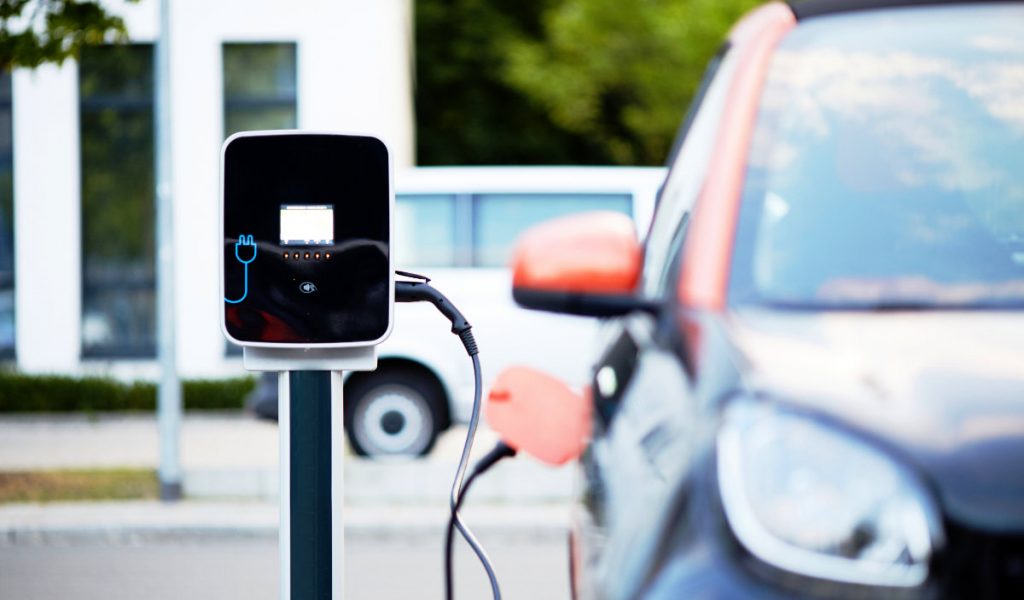
With the UK government promising to ban new cars with combustion engines from 2030, electric cars are at the centre of every motor industry conversation. If you’re nervous about buying electric, you’re not the only one – 80% of car sales today are still petrol or diesel-powered. However, that’s steadily changing.
Electric car technology has got a lot better recently, particularly in terms of the biggest worry factor: range. If you splurge on a top-end Tesla, you might get 300 miles per charge; more affordable new options will manage the low 200s.
If you don’t want any compromises, you’ll need to opt for a hybrid, which still has a combustion engine that recharges the battery. The most versatile of these are ‘plug-in’ cars, which can be recharged from an external power source. That’s where the real bonus comes in: running cost. On slow-charge overnight at home, an electric ‘tank’ can be filled for about £2.
Electric car technology clearly hasn’t finished evolving, and it may be worth waiting a year or two to take advantage of further improvements. But the scepticism about them isn’t going to last much longer than that, and they will be the norm before we know it.
5. Low-emissions zones will be everywhere
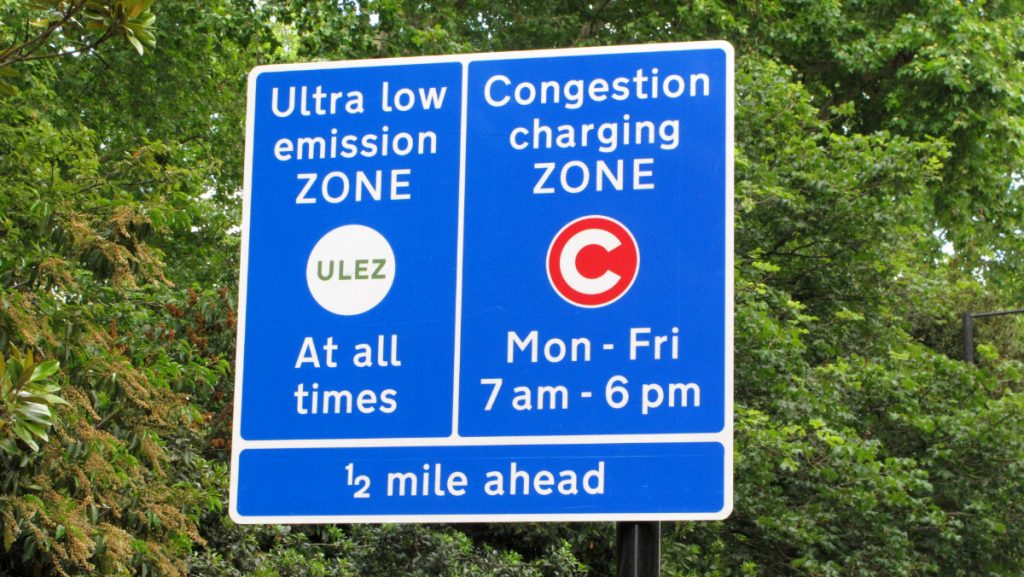
We all know about the Congestion Charge zone in central London. Did you know it’s also an Ultra Low Emissions Zone (ULEZ) – one where most regular vehicles need to pay a £12.50 charge to drive, on top of the Congestion Charge? And did you know that the ULEZ is set to expand to 18 times its current size in October 2021?
Welcome to the world of ‘clean air zones’: city centres that levy charges to limit vehicle traffic, with a view to reducing not just traffic but also emissions and air pollution. Birmingham and Bath are also planning to implement charges later in 2021, and a host of European cities are doing the same.
Zero emissions vehicles will be exempt from the fee – another reason to think about going electric.
6. Driverless cars – are they real?
Yes – but the reality is a little more complicated than sci-fi stories have let on. Rather than a binary choice between human-driven and self-driven cars, there’s a common five-step framework used to describe autonomous car technology: Driver Assistance, Partial Automation, Conditional Automation, High Automation, Full Automation.
Currently, commercial passenger cars are available that meet the second level, with features such as lane assistance, autonomous emergency braking, and intelligent cruise control. And there are some vehicles that meet the third level, such as the driverless delivery vehicles that have been cleared to operate in California, though only at low speed and in ‘fair weather’ conditions.
Progress has been quite fast in this regard, but we are likely some way off the final level, where cars can drive themselves without the need to have a human ready to take over.
7. All hail the ‘home on wheels’
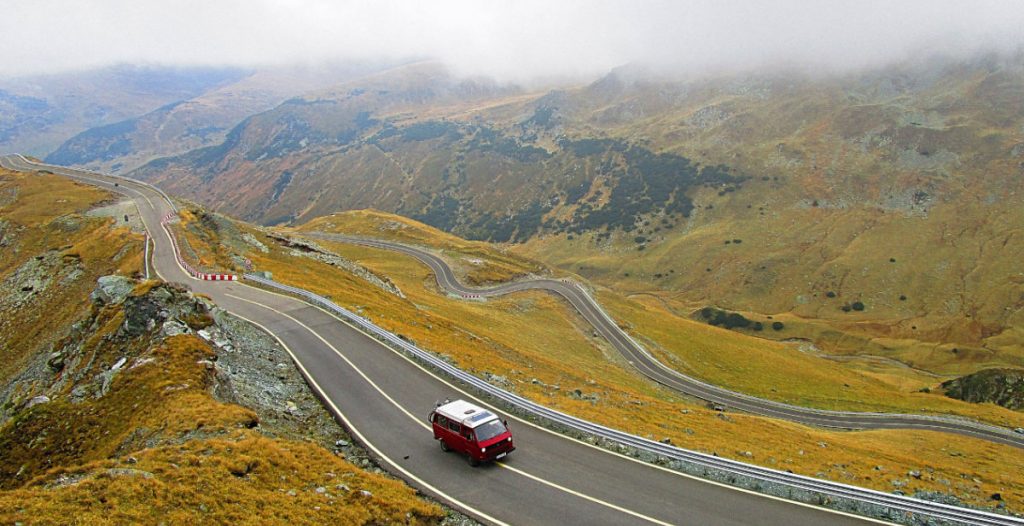
Amid a trend for ‘staycations’ in place of the traditional overseas holiday, the latest motoring trend is to swap your regular car for a motorhome, primed for spur-of-the-moment weekend trips rather than the daily commute. For navigating the UK’s bendy roads, a more compact camper rather than a monstrous motorhome is recommended.
You don’t have to be a hippie or a surfer to want to get around in a van – the surging prices of used campervans shows that the demand is universal. People are even buying used commercial vans and converting them into residential rigs. And if you think that’s ambitious, you haven’t seen anything yet. Entire families have decided to leave their homes behind and travel the world in a converted van, ‘home’ schooling the kids as they go.
8. We’re after the luxury life on sea

Most of us can’t afford to even go near a superyacht, let alone buy one. Just owning one can cost upwards of $3m a year – that’s not even factoring in the cost of the yacht in the first place.
Luckily, there are ways to get a piece of the maritime action without the absurd costs. Like with cars, buying a boat online is the next big thing. The second-hand market is afloat (pun intended) with models that might lack the glamour of a superyacht, but are very much seaworthy. And though multi-million-dollar options abound, the cheapest boats out there go for around £50,000.
Or take a different tack (that’s the last pun) and join a boat syndicate. Typically, you’d assemble eight or so people to split the cost of a yacht eight ways – so the expense is manageable, but you’d still get 45 days a year on the water.
9. Two-wheeled transport is undergoing a revival
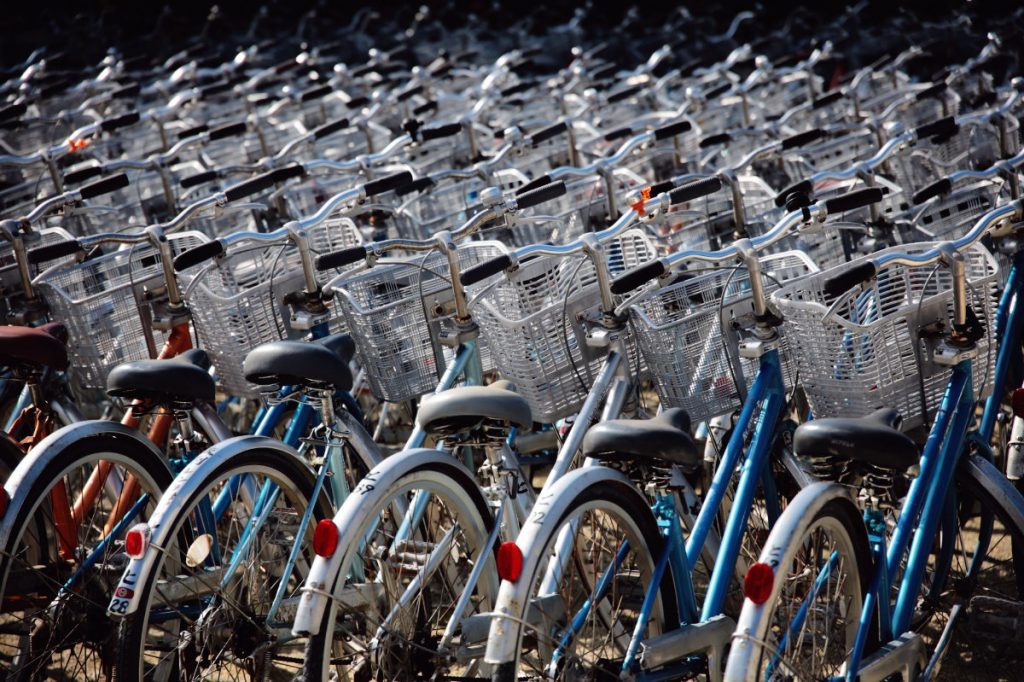
Before 2020, bicycle and motorcycle sales were experiencing something of a slump. Their traditional market was aging, millennials favoured different activities, people don’t go outside any more… these, and more, were offered as possible explanations. Then along came COVID-19 – a phenomenon that has made countless industries suffer – and something odd happened. Cycle sales went up.
In a way, you can see why – biking is a socially distanced activity by nature, no one wanted to use public transport, and with more time spent at home, people were discovering their neglected biked in the garage. There have also been tech advancements, particularly in the field of electric cycles and smaller-engined motorcycles.
Whatever is behind it, the trend appears to be sticking.
10. Transport is no longer a means to an end

Since the commute stopped being daily, motoring has stopped being a chore for many people, and has turned into an experience. It’s predicted that motoring and cycling destination holidays will be on the rise again in the coming years.
And yes, it’ll be more than possible after Brexit – you won’t need a special permit if you have a UK photocard licence, so you just need to check your insurance and whether you need extra equipment (such as a GB sticker or a reflective jacket).
Though Switzerland’s passes or France’s Alpine routes might hog the headlines, one you absolutely can’t miss is Ireland’s Ring of Kerry.
These trips are perfect for reminding ourselves that we’re still very much in love with motoring – even if we have nowhere to go.






